When it comes to preserving food, many people put it in the refrigerator regardless of silence. In fact, the method of preserving food is very different. Some foods are not suitable for keeping them in the refrigerator. Let’s share 20 tips for preserving foods, and learn them with the editor!
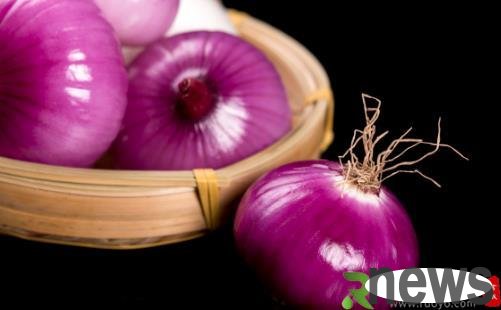
1. Onions are always rotten when they are placed? Put the onions in broken stockings (of course, wash them clean), hang them up and keep them ventilated, which can extend the shelf life by at least 6 months! Just cut it out when you want it!
2. Always use plastic bags to store dry ingredients? Try cutting off the bottle mouth and bottle cap of the Baote bottle and putting it on the plastic bag to make it a useful sealing cap!
3. If you buy strawberries and don’t eat them immediately, you are afraid that they will be fresh or rotten? You can soak the strawberries slightly in the ratio of white vinegar: water (1:10) to keep the strawberries fresh! But you still need to clean it before eating.
4. Where should the chees be placed? Correctly speaking, cheese should be placed in the refrigerator's temperature at the highest temperature, such as on the refrigerator's door rack or in the drawer for vegetables.
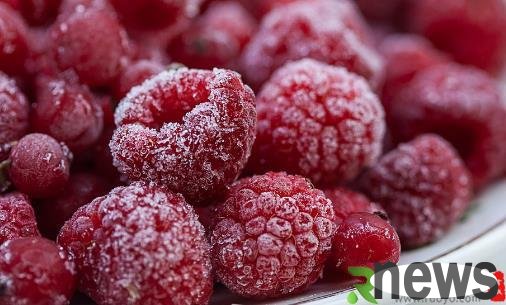
5. How to prevent potatoes from sprouting? Just store the potatoes and apples together, so that the potatoes will be less likely to sprout!
6. It is more useful to use glass containers to preserve food than to use plastic containers!
7. Cut too much ginger and can't use it? Just wrap the ginger slices one by one in plastic wrap and freeze it for at least one week! Note that Lao Jiang cannot put it in the refrigerator!
8. Bananas are always ripe quickly? Just wrap the banana head with plastic wrap, and the shelf life of the banana can be extended by 3-5 days!
9. Remember, if a broken apple appears in the fruit basket, you must pick it up quickly, otherwise other fruits in the same fruit basket will start to rot!
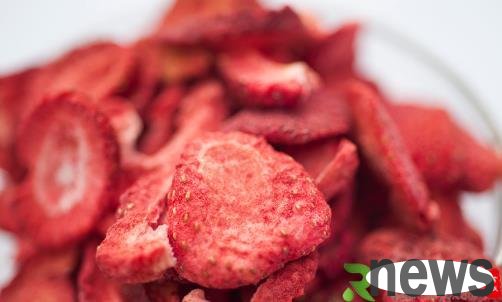
10. Never put the onions and potatoes together and save them, otherwise they will break faster!
11. If you can’t finish eating lettuce salad, you can put a tissue on it, then wrap it in plastic wrap and put it into the refrigerator to freeze. The tissue will absorb excess water and prevent moisture from getting damp!
12. Tomatoes that have not yet been ripe should be placed in a paper bag or on a separate shelf until they are ripe; tomatoes that have already been ripe should be stored in a cool place and avoid direct sunlight.
13. I know how to save the roasted nuts? Just ice in the refrigerator! You can also maintain their flavor. Before eating, bake them on a baking sheet at 350 degrees for 15 minutes, which will restore their aroma and color!
14. To save asparagus, you must first cut off the stems of the asparagus, then soak it in a bottle filled with water, then put the asparagus in a plastic bag and put it in the refrigerator. It can be stored for about a week. Not only asparagus, but also celery can also be kept fresh in the same way.
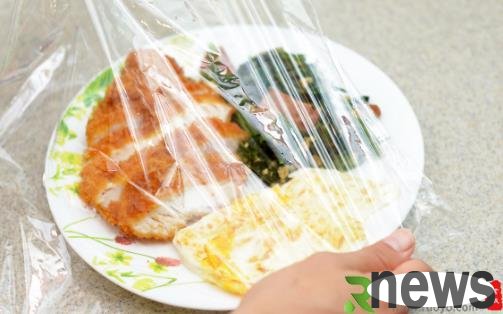
15. If there are green vegetables with roots, they can be wrapped in aluminum foil and placed in the refrigerator to refrigerate, which can make the freshness of the vegetables more lasting! Remember to mark the aluminum foil to remember what dish is wrapped inside!
16. If you buy mushrooms and put them in the refrigerator, you should also pay attention! It is best to use a "paper bag" to package it. If you use a plastic bag, the moisture will not evaporate and cause the mushrooms to break down faster!
17. Do you need to use onions to cut them immediately? You can first cut a certain amount and put it in a bottle, and put it in the refrigerator for freezing! When you want to use it, just measure it.
18. Will the cut chees always become hard? Just apply a little cream on the cut surface and it won’t make the chees harder!
19. I wonder how to preserve the coriander, nine-story tower and leeks I bought from the market? Stand them in a plastic container, cover the seal with a plastic bag, and then send them to the refrigerator to keep them fresh!
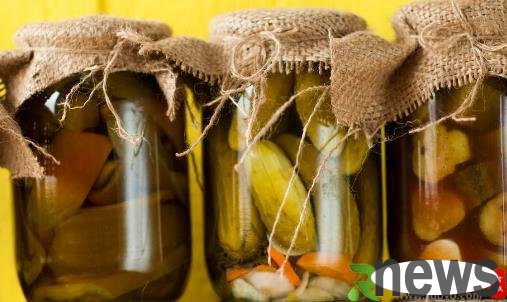
Food spoilage is very common in life and also brings us a lot of troubles. If any food never deteriorates, you will feel more at ease when you eat it. Therefore, the method of preserving food is particularly important.
1. Low-temperature preservation
Low-temperature preservation can inhibit the reproduction of organisms and slow down the spoilage of food, but cannot completely kill microorganisms. Pay attention to temperature control when storing at low temperatures. Generally speaking, the lower the temperature, the longer the storage time will be.
2. High-temperature sterilization
Food can be processed at high temperature to kill most bacteria and enzymes. If treated with airtight, vacuum and rapid cooling, it can effectively delay the deterioration of food and prolong the storage time. For example, we often drink pure milk, beer, pasteurized milk, etc.
3. Dehydration and drying
Dehydration and drying means reducing the moisture in food to a certain limit, so that microorganisms will not grow and reproduce easily, and the activity of enzymes will be inhibited. Commonly used dehydration methods in homes are sun exposure, sun drying, heating evaporation or freeze-drying, etc. It is worth reminding that although the method of sun exposure is the simplest, it also loses the most vitamins.
4. The name of increasing osmotic pressure
seems difficult to understand, but in fact most people have used this method. For example, pickling food with salt or sugar. When the salt concentration is 8%-10%, it can inhibit the reproduction of most microorganisms, but cannot be completely killed. To kill microorganisms, the salt concentration should be controlled at 15%-20%; the sugar concentration of sugary foods should be controlled at 60%-65% to inhibit the reproduction of microorganisms. When storing, you should pay attention to sealing and moisture-proofing. Common candied foods include dried fruit, candied fruit and jam, etc.
5. Increase the hydrogen ion concentration
Most bacteria cannot grow and reproduce normally in environments with pH values below 4.5, so the method of increasing the hydrogen ion concentration can be used to prevent corrosion.. Vinegar stains are to add vinegar to food. This type of method is often used in fruits and vegetables, such as sour cucumbers, sauerkraut, sour bamboo shoots, etc.